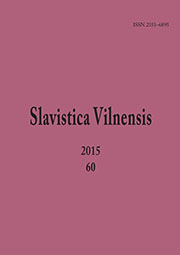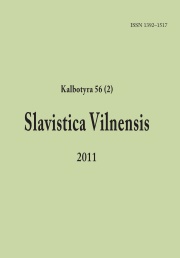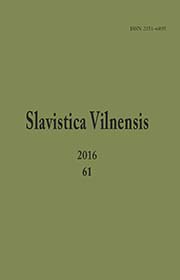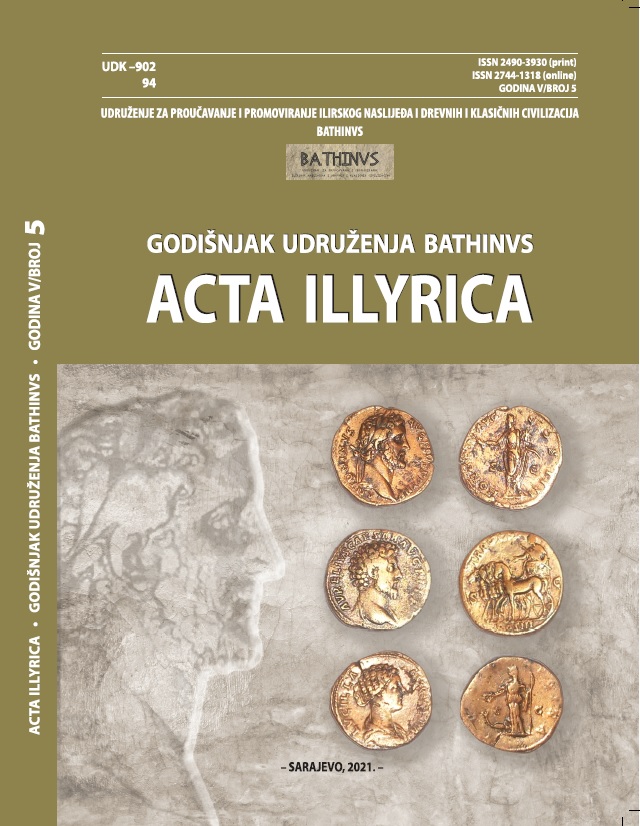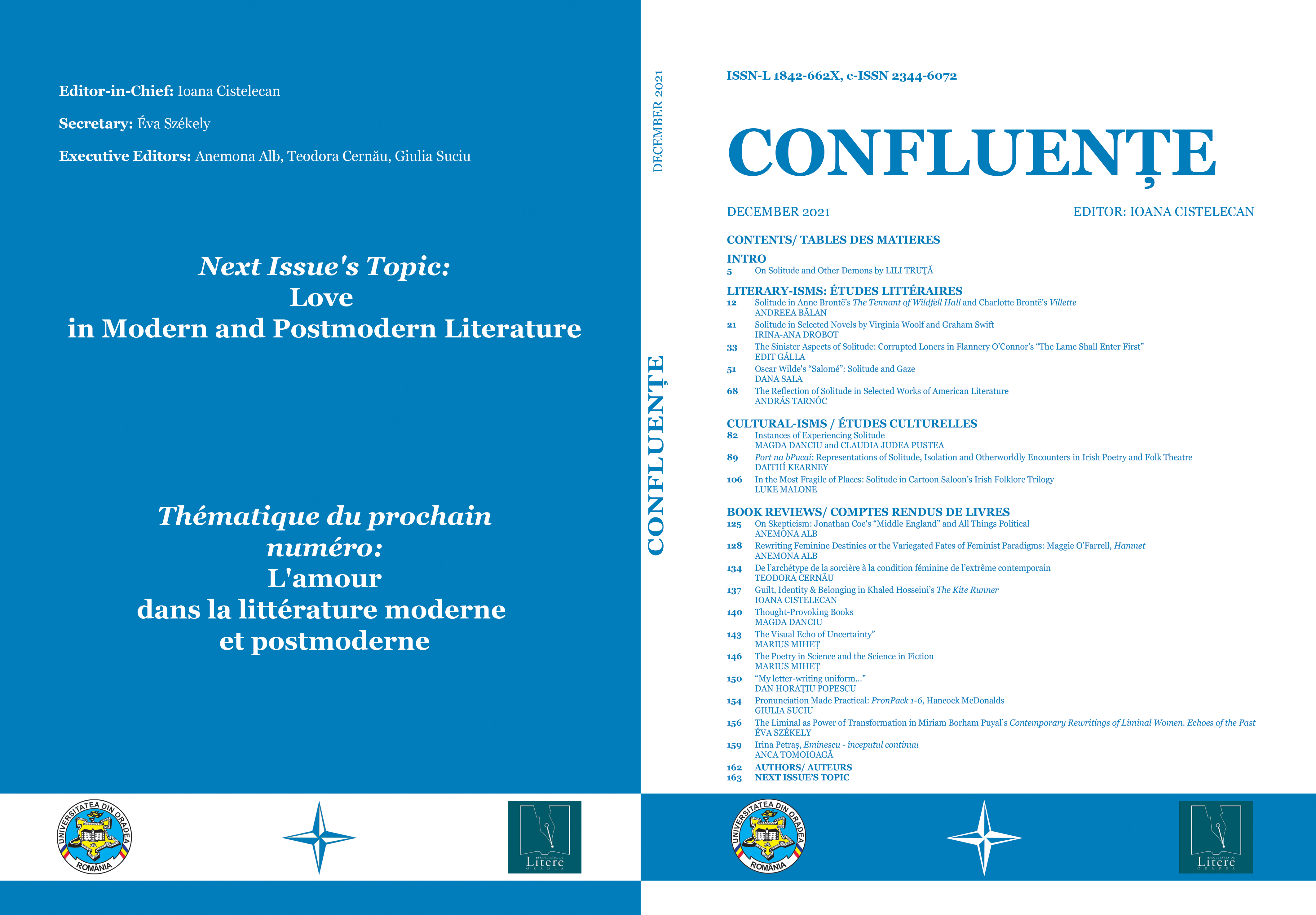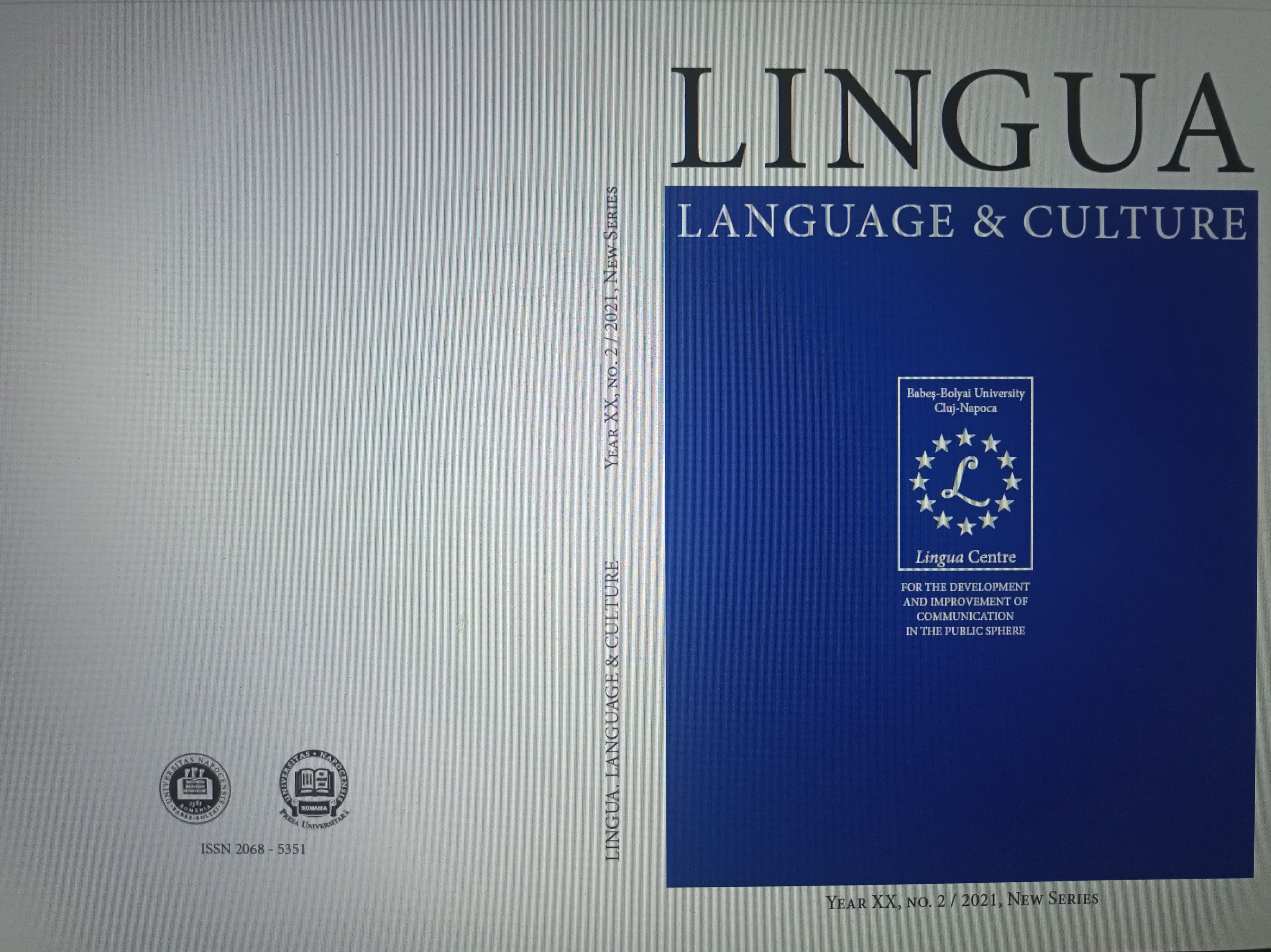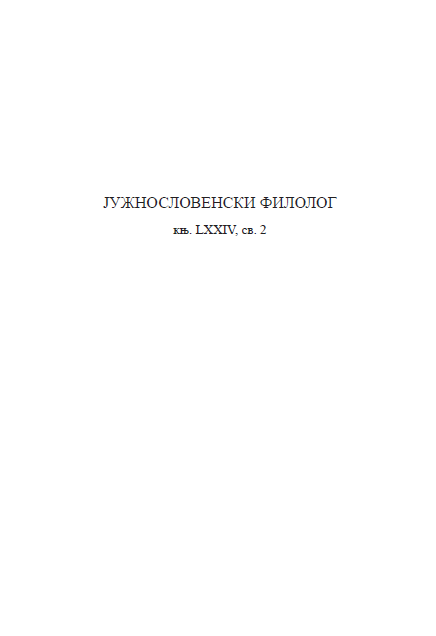MENTALINIŲ VEIKSMAŽODŽIŲ MANYTI, SUPRASTI, ŽINOTI MULTIFUNKCIONALUMAS: EPISTEMIŠKUMAS IR PRAGMATIŠKĖJIMAS
The paper presents the results of the pilot study on the multifunctionality of the Lithuanian mental verbs manyti ‘think’, žinoti ‘know’ and suprasti ‘understand’. The study focuses on the first person singular present tense forms and imperative forms of the verbs and analyses their tendencies to function as markers of epistemicity or pragmatic markers in fiction. The data for the analysis have been taken from the Corpus of Contemporary Lithuanian Language (http://tekstynas.vdu.lt), namely the subcorpus of fiction. The analysis of the data reveals that out of the three Lithuanian mental verbs under consideration, the first person singular present tense form manau ‘I think’ is most frequently used as a marker of epistemicity. It expresses author’s judgement on the truth value of the proposition or source of information. It should be noted that individual imperative forms of the mental verbs have not fully lost their primary lexical meaning, yet they have been frequently found to function as pragmatic markers. The imperative forms of the verbs are used to establish and maintain a relationship with the interlocutor, introduce the opposite point of view, summarize the facts that were previously mentioned, boost or hedge the proposition. They exhibit such features as syntactic mobility, absence of the propositional meaning, and rise of pragmatic functions in discourse. Consequently, the forms under analysis may be comparable to sentence adverbs which modify the proposition rather than constitute a part of it.
More...
